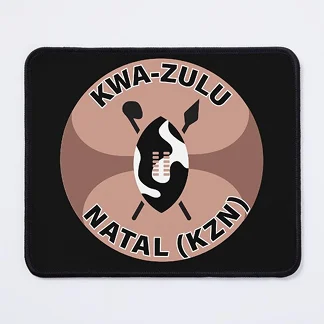This is precisely what a nightmare looks like for many players. You receive the call-up to bat at three, and by the time you’ve padded up, you are somehow batting at no. 6. Inglis has made flexibility his career. Opening batting in white-ball cricket, batting in the middle order as an anchor to the innings, and coming in at the death as an explosive option. With Australia’s middle order being a revolving door due to injury, Josh Inglis’ flexibility goes from an interesting quirk to a weapon!
Jack of All Spots—and Proud of It
Some players use a designated place. Inglis does not. It may sound nuts, but like madness, it is grounded in logic. For example, Inglis made his first Test century at 5 against Sri Lanka but re-applied himself at 6 in the following Test match because a left-right combination was needed.
Inglis has no qualms about saying he “prides himself” on being flexible. With white-ball cricket giving him experience at the top, and red-ball responsibility for Western Australia providing him a potential second lionization at No. 6, averaging just shy of fifty-five with four centuries, he has evidence that flexibility doesn’t equal worthlessness.
While specialists have taken over spaces, Inglis is changing the narrative. He doesn’t need a space to feel comfortable; he makes the space comfortable.
Filling the Smith-Sized Hole
When Steve Smith dislocated his finger during the World Test Championship final, very few could have imagined Australia having a ready-made replacement. Then stepped Inglis, prepared, calm, and conscious that he wasn’t just going to play the role of keeping the seat warm.
Replacing Smith is no easy feat. The runs are one thing, but you are replacing arguably one of the most reliable players of the modern era in Test cricket. Of course, Inglis, having nearly four years of traveling with the Aussie squad and waiting for his opportunity, knows exactly what’s at stake.
The extended lead-in to the West Indies Test gave him invaluable preparation time, but more importantly, it gave him the mental freedom to think he is not only just a fill in for Smith. Now is his chance to establish his position as not the next Smith, but as the first Inglis – and that brings with it an entirely different value.
Slip Cordon, But Make It a Meme
One of the more understated joys of Inglis’ Test return is his humour and frankness about a fielder’s job. With Smith and Labuschagne absent, the slip cordon is almost like a basketball lineup, notably with 6’6″ Beau Webster at second slip and the huge Cameron Green at gully.
“I feel like a bail between two stumps,” hilariously remarked Inglis (while also acknowledging his comparatively small stature). It’s a tongue-in-cheek, self-aware, and funny comment, but also reflects his professionalism. Long before he was a keeper, he was a fielder. And he enjoyed it.
That willingness to get dirty, whether it was the bat, behind the stumps, or sitting on the slips, is why he is the type of player any captain would want. Not only does he have the ability, but he has selfish reasons as well.
Josh Inglis might not be Australia’s loudest star, but he is now one of Australia’s most valuable ones. In a game that too often feels regimented and predictable, Inglis brings that element of controlled chaos that can sometimes win matches for you when your plans go awry.
He doesn’t need a defined role. He is in the role. The overarching question is, in a game so often host to specialists, could the future be for players like Inglis, who are capable of being whatever the moment requires?
For more, visit JeetBuzz News to read our quality Cricket Blog updates. Explore if you want to reminisce and enjoy all of your favourite cricket players and nostalgic match moments. To ensure that you never miss out, keep updated and join in the fun!

































































































































































